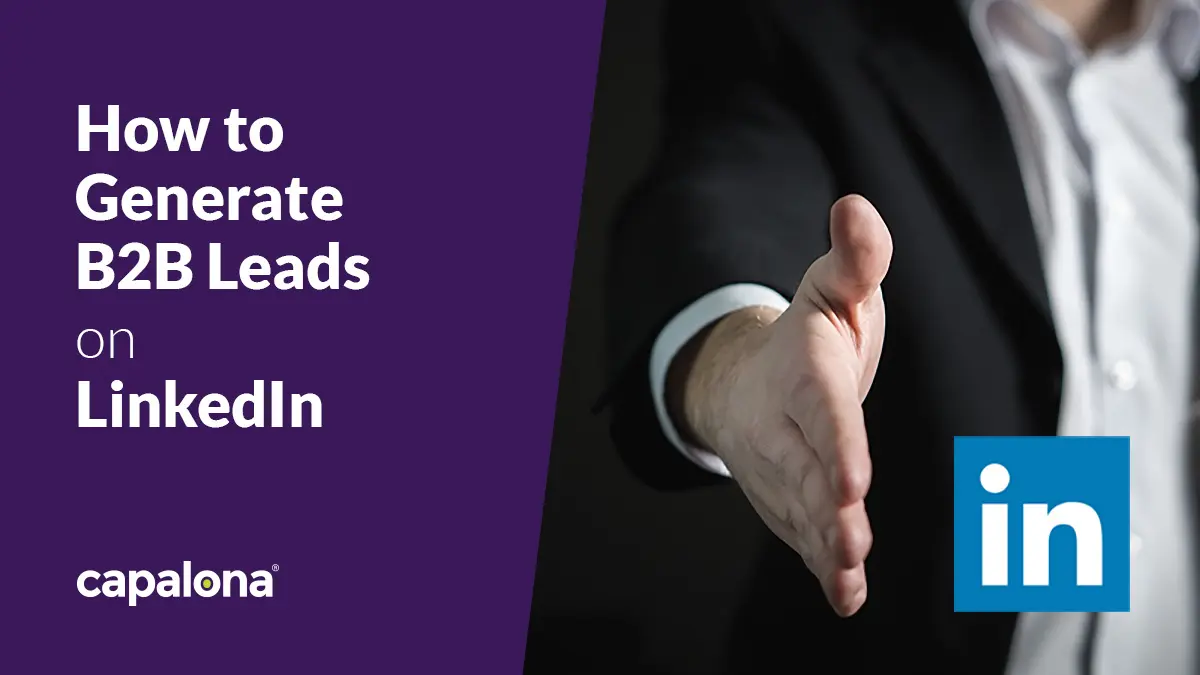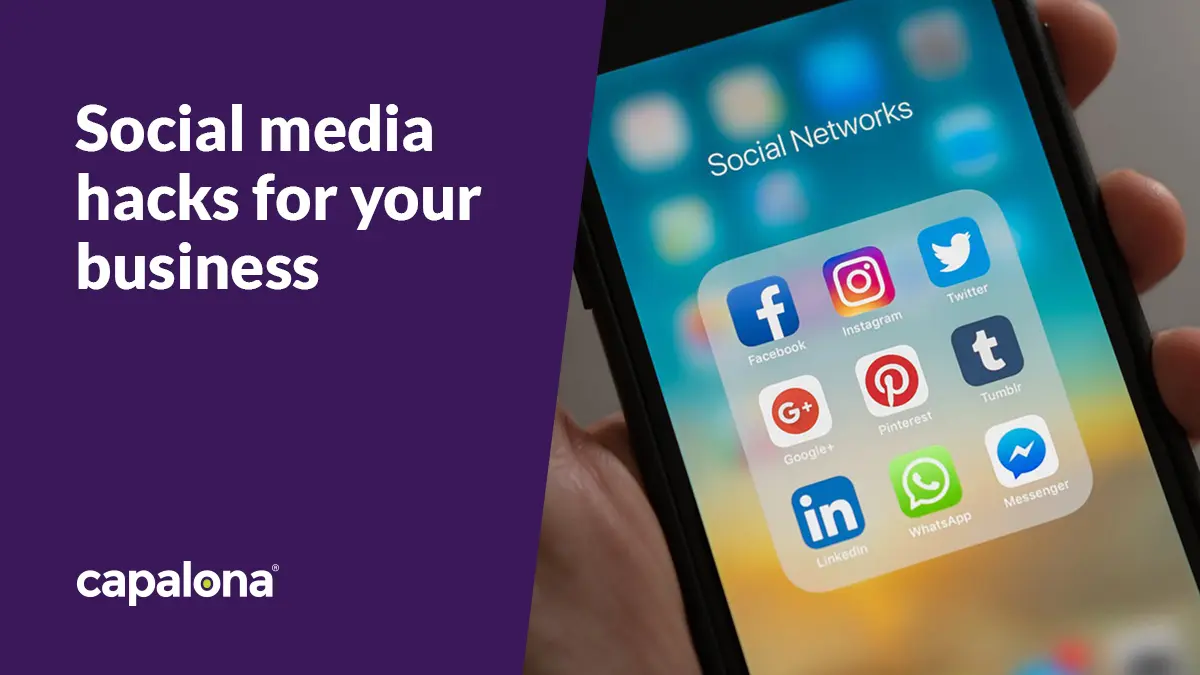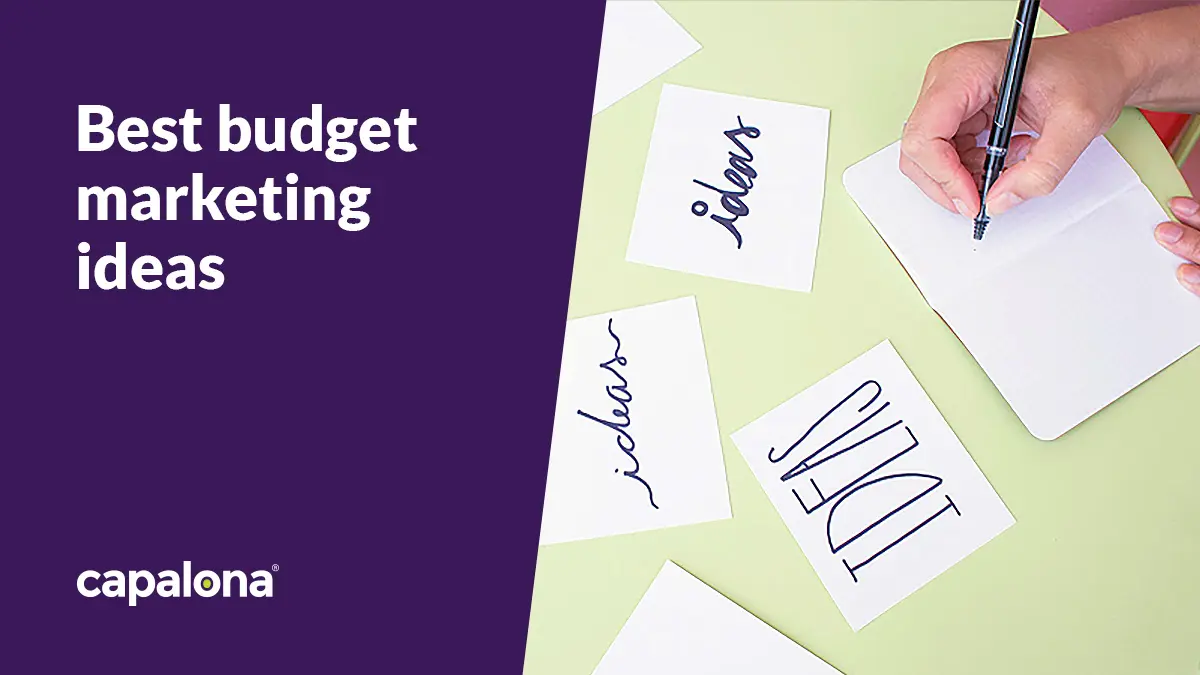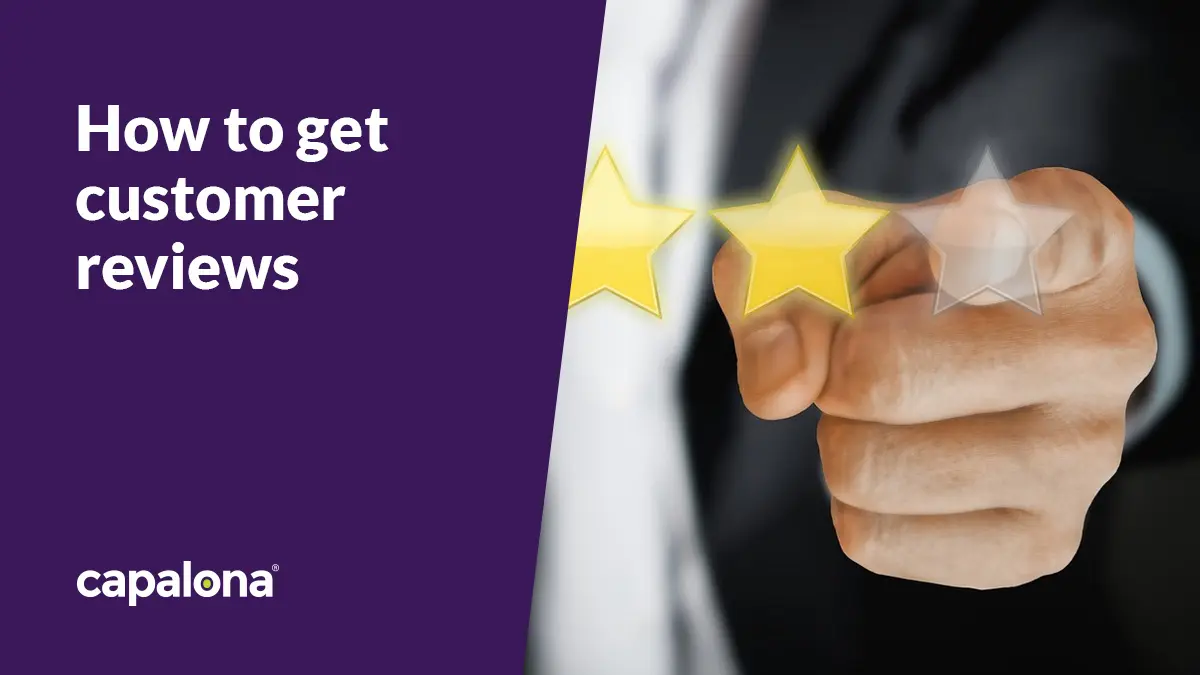If you’re wondering how to market your business, generate new leads and generally grow using LinkedIn, this blog post is for you.
Over 134 million users are active each day on LinkedIn, and 42 million users are based in the UK. So whether you’re looking to make connections with local business owners or appeal to a wider global audience, LinkedIn’s professional network can be a great place to meet them.
How to optimise your LinkedIn profile
Building meaningful connections on LinkedIn doesn’t just happen overnight. For relevant people to accept your connect request, your profile needs to be optimised. And by ‘optimised’ we mean speaking to the right audience.
You want people to see your connection request, quickly scan your headline and decide in a snap second whether your connection is valuable or not.
Although having a company LinkedIn profile can give you a platform to share relevant company news, showcase current employees and help with hiring efforts, it’s your personal LinkedIn profile that will help you make personal connections with potential customers.
Optimise your LinkedIn headline
Write about what you do and who you do it for in your headline. Think about it, if you get a connection request from a Managing Director or a profile that simply states they’re a CEO, it’s not really giving you any context — why would you connect with them?
If you concisely state who you help and what you help with, you’re giving everyone a quick insight into what you do and whether they’re the target audience.
Remember, you only have 220 characters — so get creative and try out some headlines.
Optimise your LinkedIn summary
Your LinkedIn summary is almost a mini ‘about you’ page. This isn’t the place to shout about your passions and the fact you worked really hard for your degree etc. (which we’re sure you did - not doubting it!) BUT the fact of the matter is, this is prime real estate to sell your business by addressing your target audiences’ pain points.
Can your business save the target market time or money? Whatever your company can do to relieve your audience’s pain points, you need to mention this here.
Collect reviews from past clients
Collecting LinkedIn recommendations from clients can show other potential clients why they should consider working with you. Customer reviews and recommendations add credibility to your business profile, so take the opportunity to ask for them through the LinkedIn platform itself.
Click the ‘more’ button from your client’s profile and select ‘request recommendation’ — it’s as simple as that!

3 ways to make your LinkedIn profile successful
We’re all busy, so these tasks will only take you a few minutes each day, but each one is worth it.
1. Add relevant connections regularly
Even if you have the unpaid version of LinkedIn, you can still add relevant people daily. Be selective about who you add, use the search function to find people with your target market’s typical job title, or filter by industry or location.
2. Engage with your target audience
As soon as your connection pool starts growing, it’s time to engage with posts in your feed. Comment, like and start thoughtful discussions. Don’t take these opportunities to reel off your elevator pitch, instead, build connections, show you have knowledge in your industry without selling directly.
Every time you engage with a post in the feed, your name, photo, and your headline are visible to everyone. That’s why it’s so important to optimise your LinkedIn headline before starting to engage with content.
3. Post content regularly
As a business owner, you’re juggling multiple tasks — LinkedIn is just one of them. So time is tight, we get it. Pin down a posting schedule that works for you, try not to be too ambitious i.e. posting every day, but if you think it’s possible to post 2-3 times a week, hold yourself accountable to this schedule. Consistency is key to making a great impression on LinkedIn.
What should I post about on LinkedIn?
Getting started on LinkedIn or any social media platform can be daunting. What will my ex-colleagues think of my content? What happens if no one likes my posts? What if I get negative comments?
These are valid concerns, but you have to leave them at the door and go for it. Once you’ve posted a few times, the fear dissipates, and you become more comfortable sharing ad hoc feelings and business stories.
Content ideas for LinkedIn
- Share your past experiences, e.g., struggles when starting a business, lessons learned, and why you ended up in the industry you’re in. Encourage others to share their stories to build engagement.
- Opinions on the latest news trends, particularly if they affect your target market. Offer solutions to help them through difficult times.
- Share expert tips and advice for your audience surrounding your business niche. For example, if you’re a graphic designer, share free tools to help your audience do their own design work or collate free graphic design courses to help them better their skills.
- Share a successful client story or project you’re working on. Demonstrate the value you offer your customers through storytelling.
- Repost others’ content, and when reposting, add your own take and keep highlighting your expertise.
P.S. If you do receive any negative comments, block the user and move on. Don’t worry about it; you can’t please everyone!
3 LinkedIn strategy takeaways
Getting started on LinkedIn really is a ‘rip the plaster off’ situation. The quicker you get moving on the platform, the better your chances of marketing your business and finding new clients.
Here are three strategy takeaways:
1. Don’t worry about not appealing to the masses
By trying to appeal to everyone, you run the risk of building connections with no one. Focus on understanding who your target audience is and what they want.
2. Don’t stop if you don’t see immediate results
Like with any marketing strategy, it can take a little time to start generating the results you want. But just because no one likes your posts, it doesn’t mean it isn’t working. Every time you post, your face, name and headline show up in front of all your followers; remember that! It’s all good exposure.
3. Keep being consistent
As soon as you stop posting or engaging with content in your feed, you pretty much disappear from your target market’s feed. You need to remain consistent, adding relevant people, engaging in their content and posting your own content to ensure you build a profile worth interacting with.
Hopefully now you feel well-equipped to tackle LinkedIn marketing to reach new audiences and grow your business! If you’re looking to scale your marketing efforts but don’t have access to working capital, you can apply for a business loan. A business loan can help you manage short-term cash flow and invest in your business, helping it grow faster. Compare business loans here.






